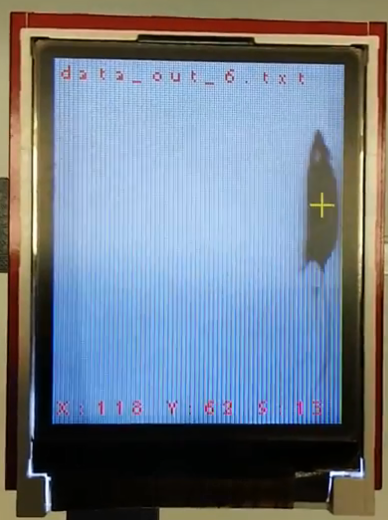
Project Goals:
- Low-cost rodent monitoring system
- Tolerance for different room lighting conditions
- Centroid tracking
- Standalone device (i.e. does not require additional dedicated hardware)
- Battery powered option (for up to 1 day)
Constraints:
- Currently supports tracking for only a single rodent
- Designed for rodents with black fur
- White or light colored arena floor/bedding to provide adequate contrast with rodent
- Requires mounting solution if used with an arena other than the one RAT was designed for
- Currently supports image acquisition and real-time processing at a rate of 15 fps
Hardware:
RAT is designed to be used with simple open arenas. A separate mounting solution may be required if the device is used with an arena other than the one it was designed for. The device attaches to the lid of the arena using a custom 3d printed bracket. The unit can be powered either with a 5V wired power adapter (via the micro usb port on the OpenMV Cam M7) or with a 5V rechargeable battery via the battery port on the expansion board.
Methods:
RAT acquires and processes images in real-time using an OpenMV Cam M7 microcontroller. Data is exported to a text file on an attached SD card and real-time feedback is provided via a LCD screen. Near-IR LED illumination is used for experiments and rooms without adequate lighting. Segmentation and centroid processing is accomplished using a combination of thresholds, size filtering, and connected component analysis. The processing for each frame follows the below procedure:
- An image is acquired and saved to a frame buffer
- The current image is segmented using a set of predefined thresholds
- Detected blobs in the image are filtered based on a maximum size threshold and the centroid information for the largest valid blob is retained as mouse data
- A mouse speed value is computed using the difference in position between the current and previous image
- A feedback image is displayed on the LCD screen including:
- A yellow cross painted on the mouse centroid
- Mouse centroid and speed values at the bottom of the screen
- The name of the text file at the top of the screen
- Mouse centroid data is outputted to a text file including a timestamp, centroid values, and computed speed value
Team:
This project was developed by John Krynitsky (coding and hardware) and Lex Kravitz (testing) with input from Ghadi Salem, Marcial Garmendia-Cedillos, and Tom Pohida.
Funding and Terms:
This project was conceived by a team of researchers at the National Institutes of Health (NIH) and funded by the NIH Intramural Research Program (NIDDK and CIT).
This project is released under the terms of the Creative Commons - Attribution - ShareAlike 3.0 license:
Human readable: https://creativecommons.org/licenses/by-sa/3.0/
Legal wording: https://creativecommons.org/licenses/by-sa/3.0/legalcode
This project uses the excellent OpenMV Cam M7 hardware and screen shield:
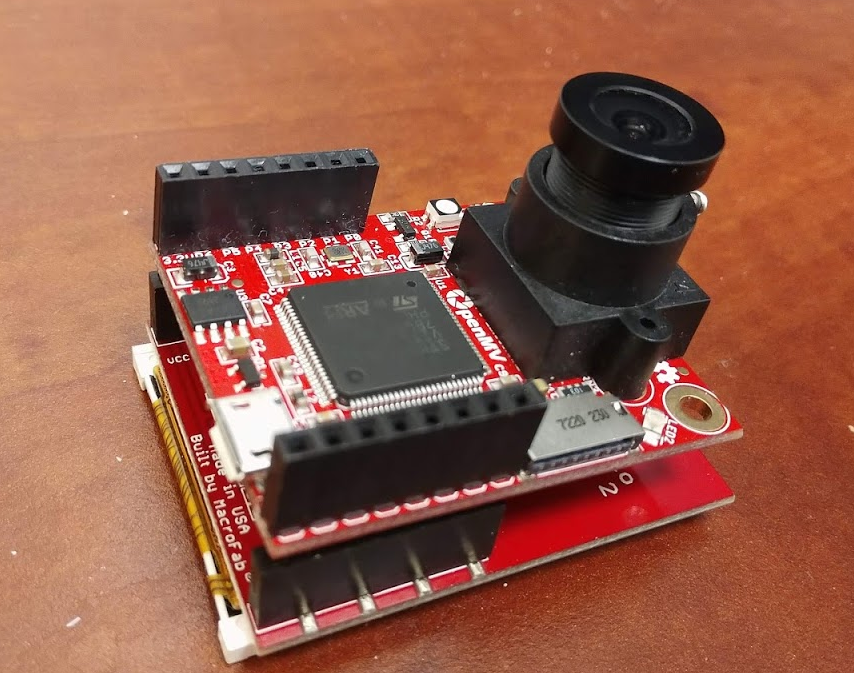
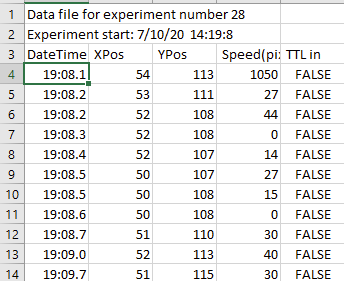
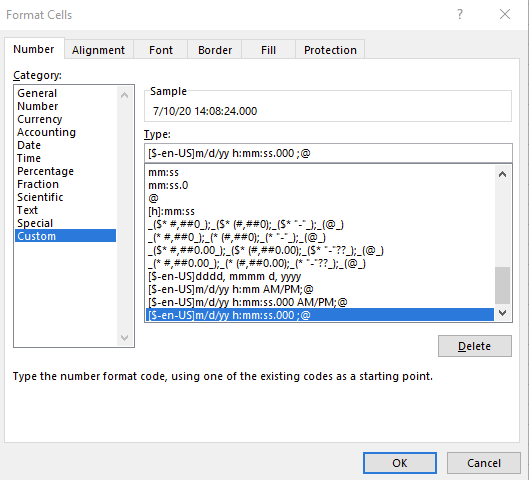
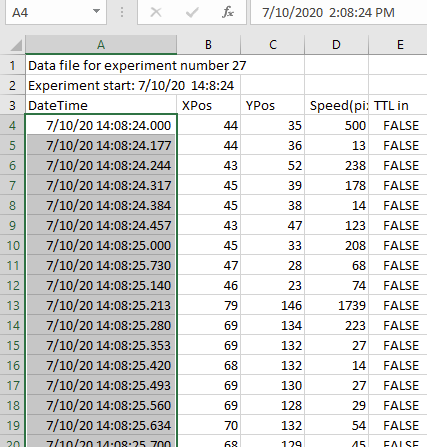
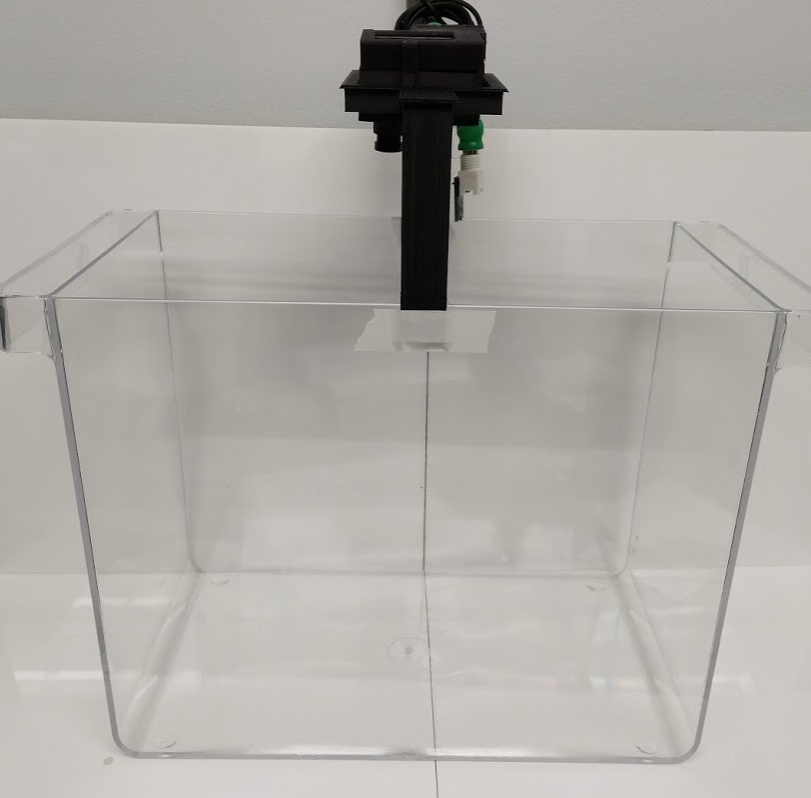
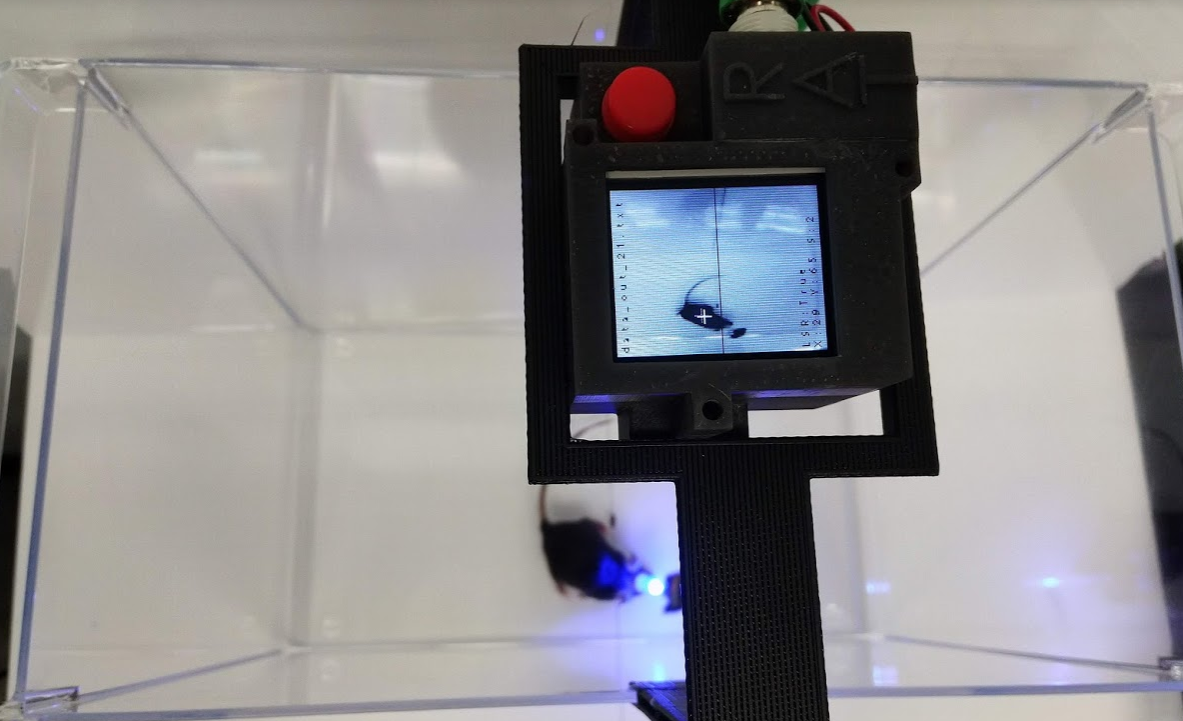
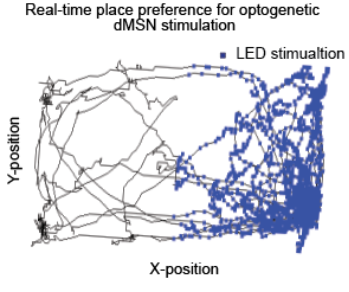
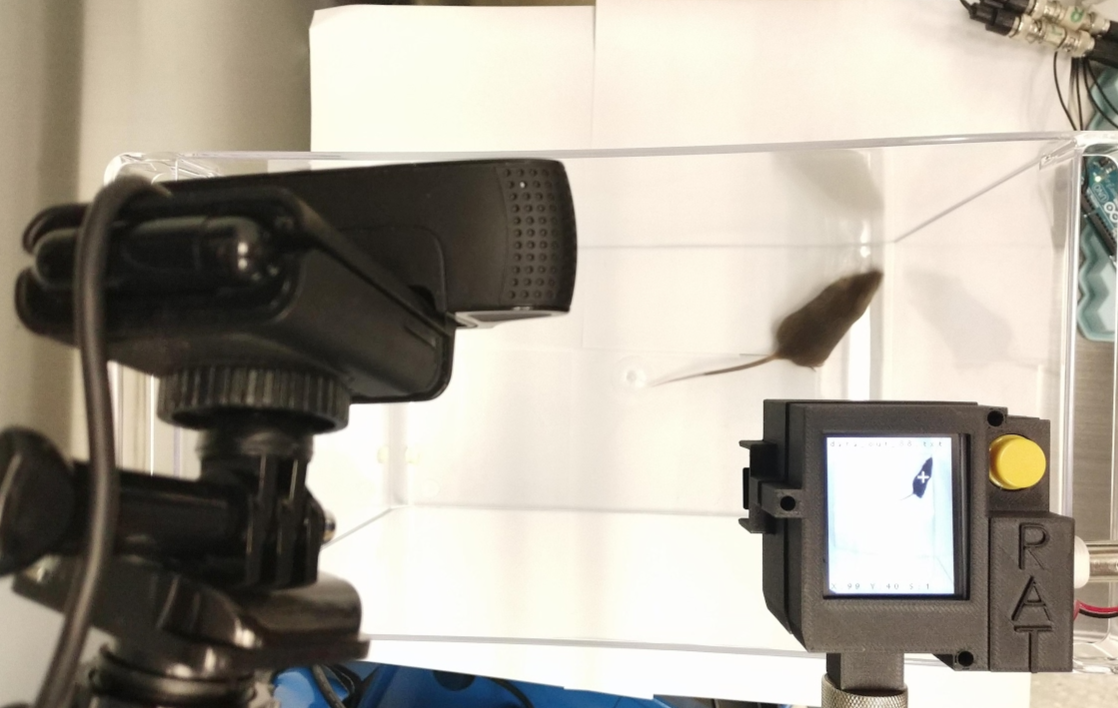
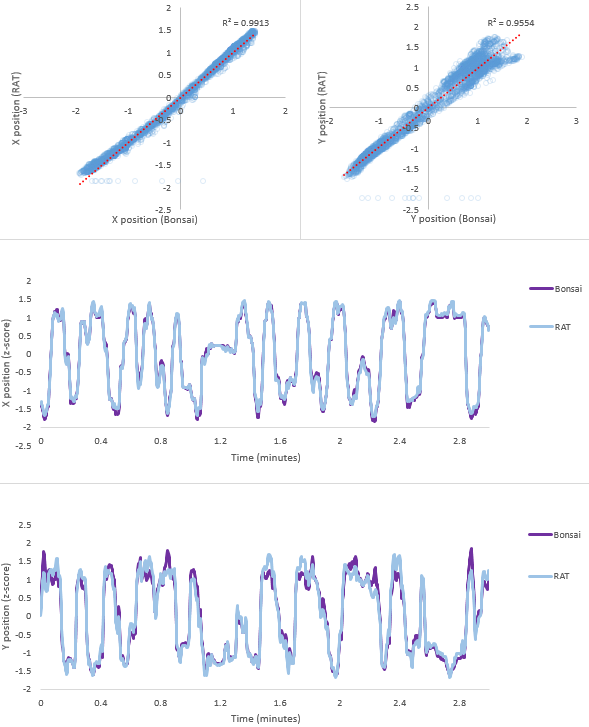
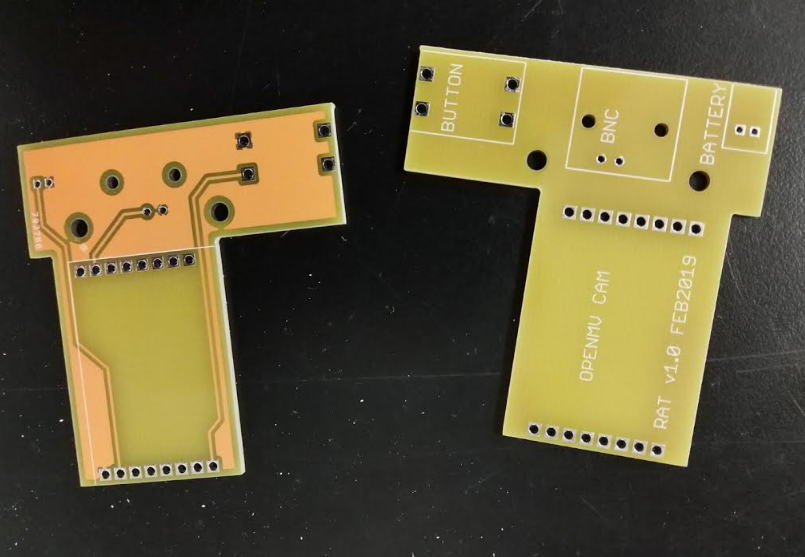
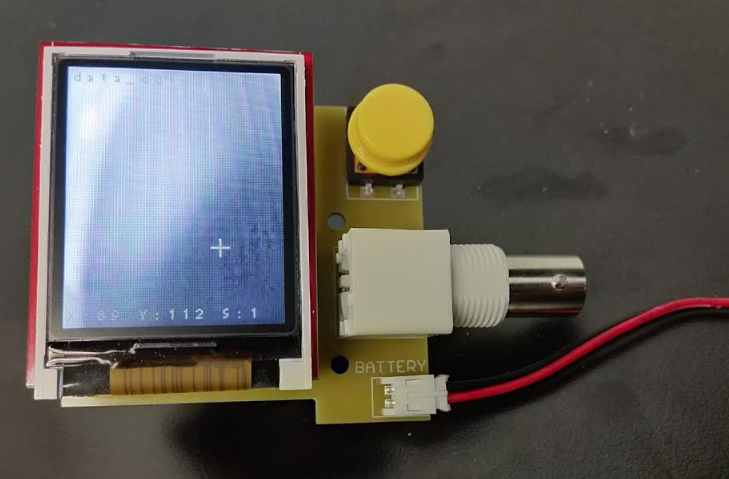
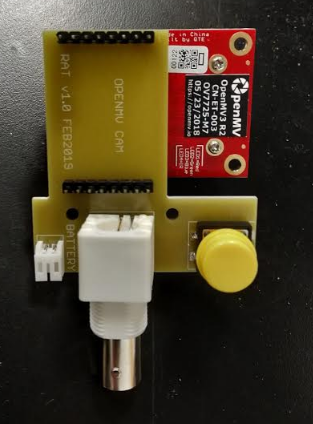
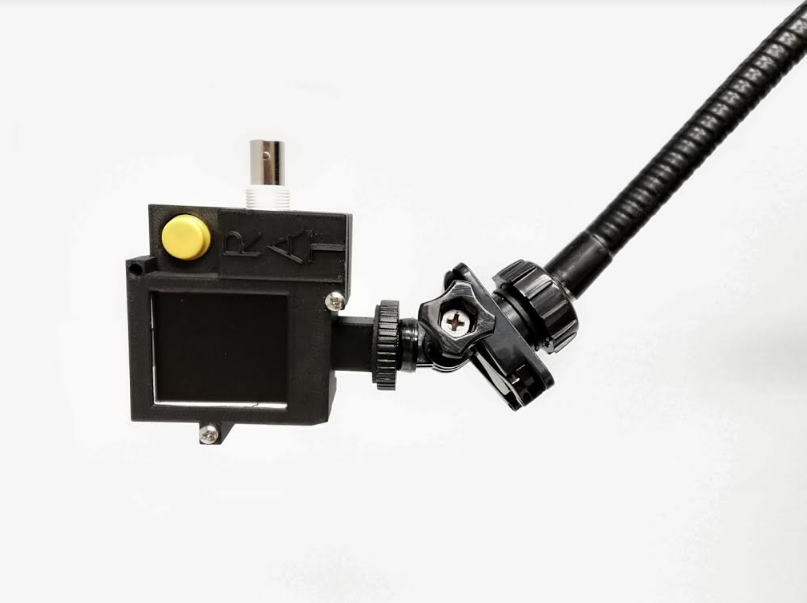
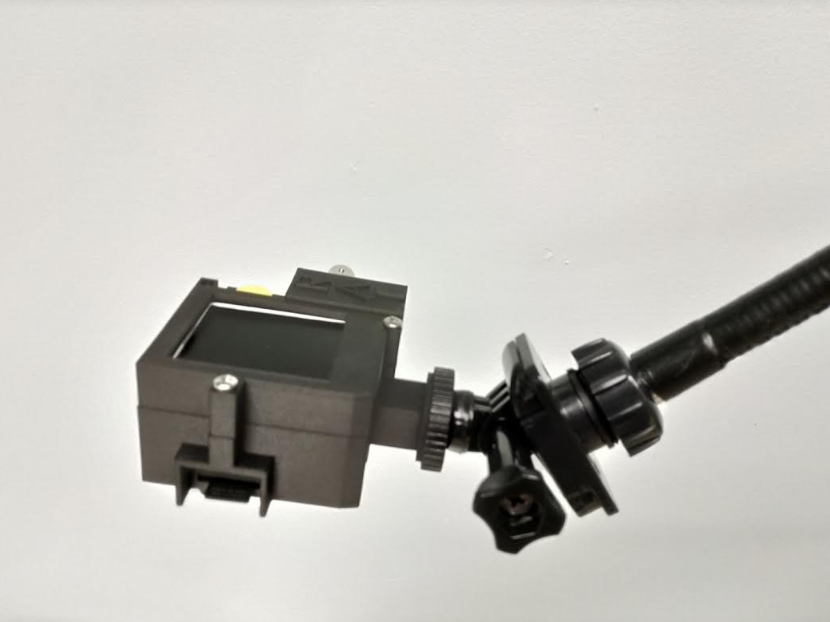
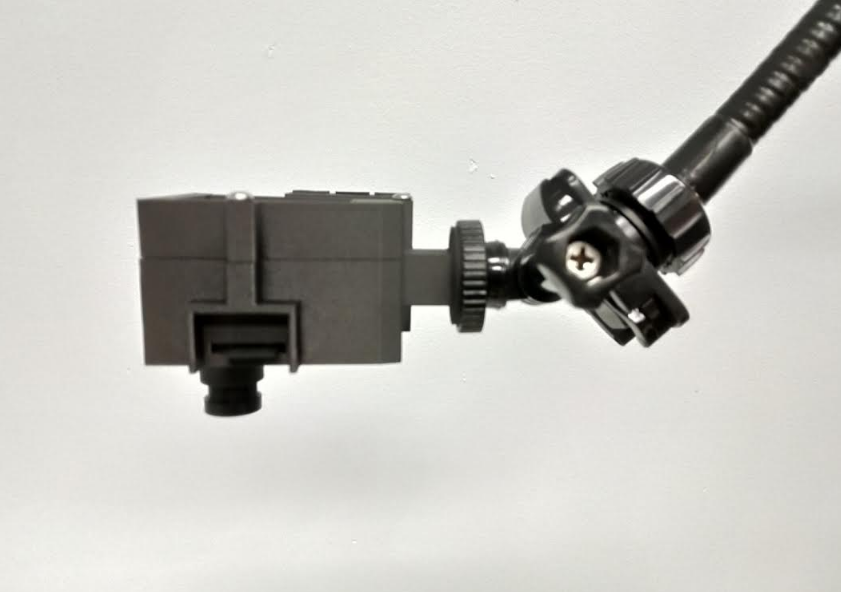
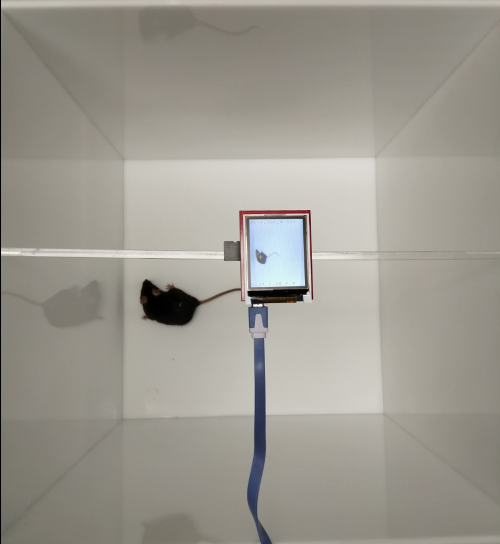
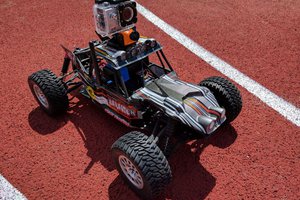
 codersilver
codersilver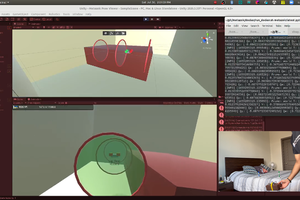
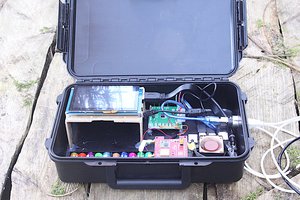
 Capt. Flatus O'Flaherty ☠
Capt. Flatus O'Flaherty ☠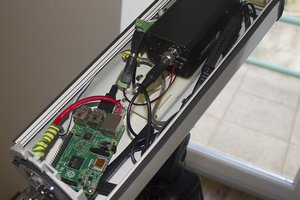
 Dario Zubovic
Dario Zubovic